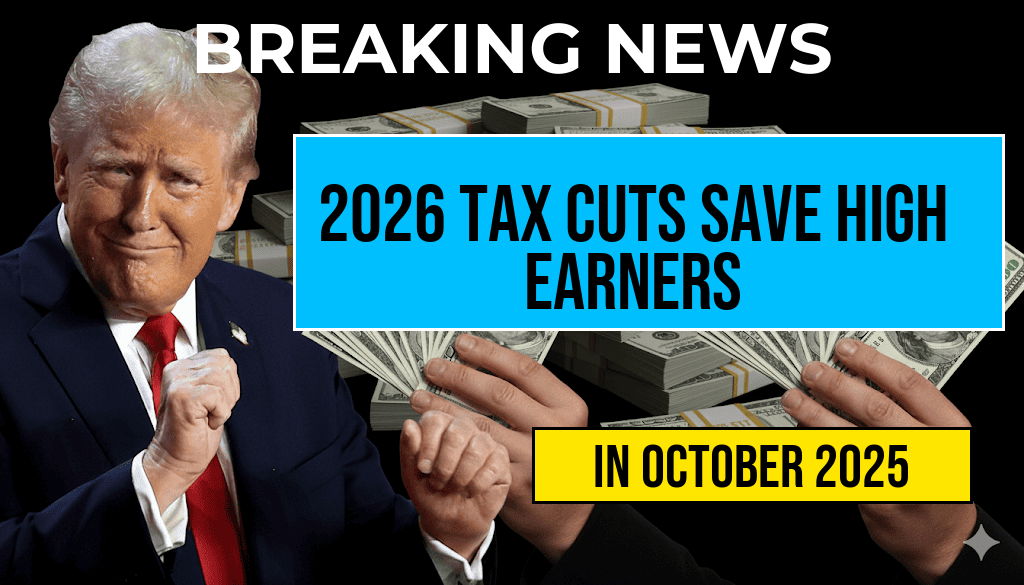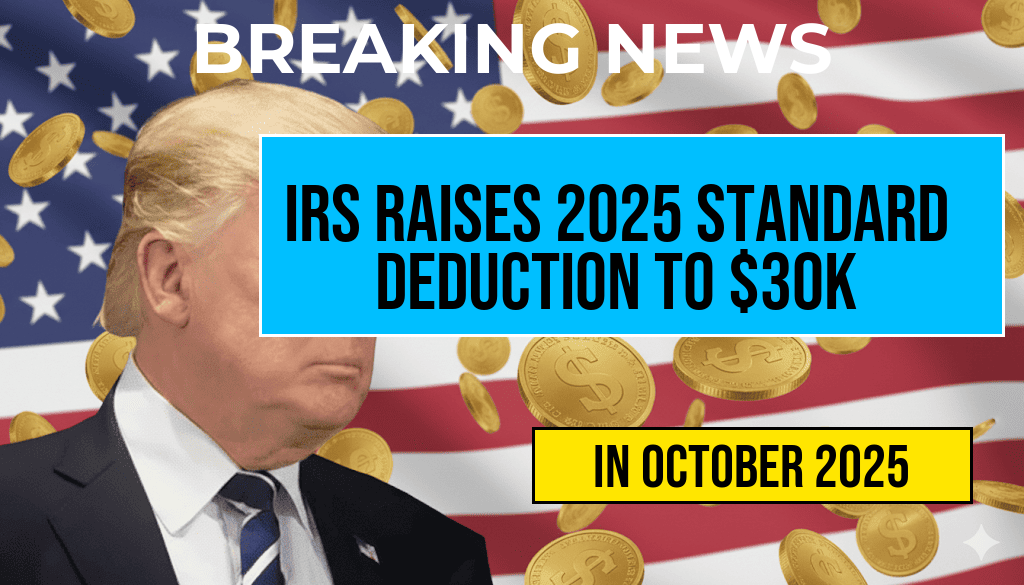Projected changes to the 2026 federal income tax brackets could lead to significant savings for middle-to-upper-income earners, particularly those making around $50,000 annually. Under the proposed adjustments, the top income tax rate would decrease to 12%, a notable reduction from current levels, potentially allowing earners in this bracket to retain hundreds of dollars more in their take-home pay each year. These modifications, part of ongoing efforts to simplify the tax code and stimulate economic growth, are expected to benefit millions of taxpayers. Experts suggest that, for a typical $50,000 income household, the lowered top rate may translate into tangible increases in disposable income, providing relief amid rising living costs. Understanding the precise impact requires examining the proposed brackets and how they compare to existing thresholds, which could reshape individual tax planning strategies.
Understanding the 2026 Tax Bracket Changes
The planned adjustments aim to refine the structure of federal income taxes to make them more equitable and straightforward. According to preliminary reports from the U.S. Congress, the top marginal rate is expected to drop from its current highest bracket of 37% to 12%. This significant reduction is part of a broader tax reform initiative intended to promote investment and reduce the tax burden on middle-income households.
While specific details are still being finalized, the proposed brackets suggest a streamlined approach where more taxpayers will fall into lower tax tiers, reducing the overall percentage they pay on their income. This shift could ease the tax load for those earning around $50,000, who often find themselves in intermediate brackets under the current system.
Projected Impact on Middle-Income Earners
For an individual earning approximately $50,000 annually, the change in the top rate might seem less dramatic at first glance, but the cumulative effect over a year can result in hundreds of dollars in savings. For example, if the current effective tax rate is around 15%, a reduction to 12% could mean paying roughly $300 less in federal taxes annually. These savings can be reinvested, saved, or used to offset rising expenses, providing a tangible boost to household budgets.
Additionally, the new brackets could influence how taxpayers strategize deductions and credits, potentially leading to optimized tax planning. The lowered rates might also encourage increased consumer spending and investment, contributing to broader economic growth.
Comparison of Current and Proposed Tax Brackets
| Tax Rate | Current 2023 Bracket | Projected 2026 Bracket |
|---|---|---|
| 10% | $0 – $11,000 | $0 – $12,000 |
| 12% | $11,001 – $44,725 | $12,001 – $50,000 |
| 22% | $44,726 – $95,375 | $50,001 – $100,000 |
| 24% | $95,376 – $182,100 | $100,001 – $200,000 |
| 32% | $182,101 – $231,250 | $200,001 – $250,000 |
| 35% | $231,251 – $578,125 | $250,001 – $500,000 |
| 37% | Over $578,125 | Over $500,000 |
Broader Economic Considerations
Officials argue that lowering the top tax rate to 12% may foster a more dynamic economy by incentivizing work, savings, and entrepreneurship. Critics, however, caution that such reductions could reduce federal revenue, potentially impacting funding for public services. Nonetheless, proponents contend that a more competitive tax environment can attract investment and boost job creation.
The changes also align with broader fiscal strategies aimed at reducing complexity in the tax code, making compliance easier for taxpayers and reducing administrative costs for the IRS. As the details unfold, experts advise taxpayers to stay informed about how these reforms may influence their individual tax situations and to consider consulting financial advisors for personalized planning.
References and Further Reading
- Taxation in the United States – Wikipedia
- Forbes: What The 2026 Tax Brackets Could Mean For Your Wallet
Frequently Asked Questions
What are the projected changes to the 2026 tax brackets?
The 2026 tax brackets are expected to see significant adjustments, with the top tax rate dropping to 12%, potentially providing substantial savings for earners, especially those making around $50,000.
How will the reduction in the top tax rate affect a $50,000 income earner?
A $50,000 income earner could see their tax liability decrease, resulting in hundreds of dollars in additional take-home pay due to the lower top rate.
When are these projected tax changes expected to take effect?
The projected tax bracket adjustments are anticipated to be implemented in the 2026 tax year, providing taxpayers with potential savings starting from that tax season.
Will these changes impact all taxpayers equally?
No, the tax savings will vary depending on income levels and tax brackets. Those closer to the $50,000 mark are likely to see more significant benefits.
How might these projected changes influence personal financial planning?
With the expected reduction in tax rates, taxpayers may consider adjusting their financial strategies to maximize tax savings and boost their net income in the coming years.






